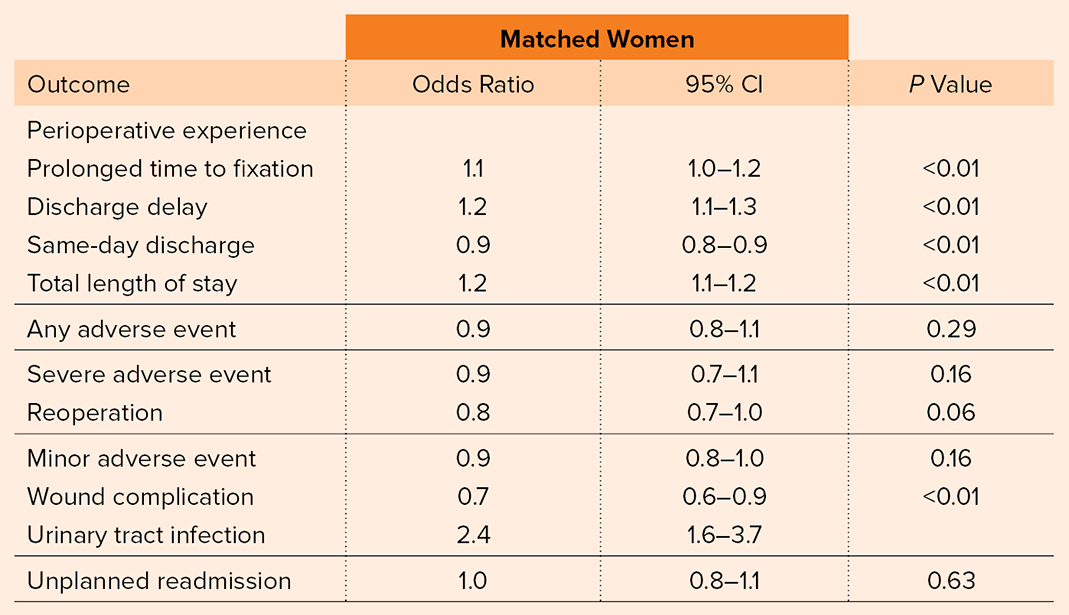AAOS Now, January 2024
-

Annual Meeting Attendees Should Mark Their Schedules for OrthoDome, OrthoPitch, AI, and VIPER Sessions
-

See You Soon — in San Francisco
-

ICL Debunks Urban Legends in Total Shoulder Arthroplasty
-
Do PROMs Improve Patient Experience in Foot and Ankle Surgery?
-

Study Examines Gender-Based Factors in Time to Surgery for Below-Knee Injuries
-
Evaluating an Opiate-free Multimodal Pain Pathway in Elective Foot and Ankle Surgery
-
Tracking Postoperative Weight Gain Trends in Ankle Fracture Patients
-

Alcohol Use Disorder Associated with Poor Outcomes after Bimalleolar Ankle Fractures
-

Ex-Fix In Situ for Staged ORIF of Pilon Fractures Is Not Associated with Infection or Reoperation
-

Residency Programs Shine Bright at the 2023 AAOS Resident Rumble Virtual Trivia Competition